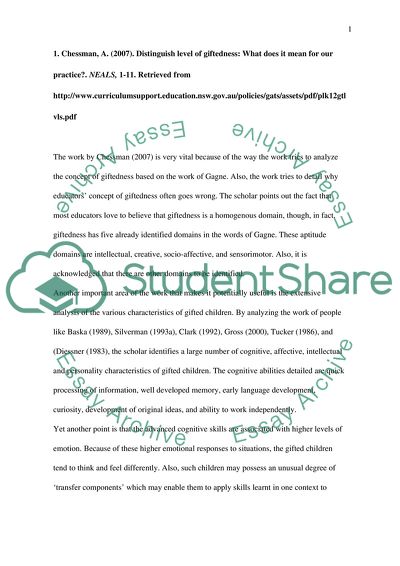Cite this document
(“Gifted Children: Annotated Bibliography Essay Example | Topics and Well Written Essays - 2000 words - 1”, n.d.)
Retrieved from https://studentshare.org/education/1601776-gifted-children-annotated-bibliography
Retrieved from https://studentshare.org/education/1601776-gifted-children-annotated-bibliography
(Gifted Children: Annotated Bibliography Essay Example | Topics and Well Written Essays - 2000 Words - 1)
https://studentshare.org/education/1601776-gifted-children-annotated-bibliography.
https://studentshare.org/education/1601776-gifted-children-annotated-bibliography.
“Gifted Children: Annotated Bibliography Essay Example | Topics and Well Written Essays - 2000 Words - 1”, n.d. https://studentshare.org/education/1601776-gifted-children-annotated-bibliography.


